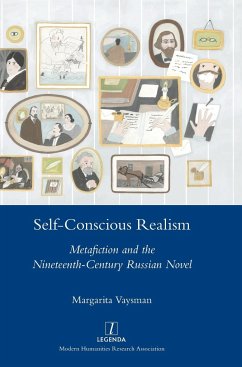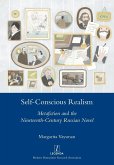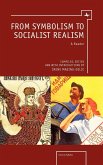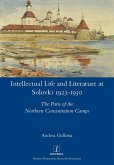Does metafiction - the literary technique that forces readers to acknowledge that they are reading a work of fiction - have a hidden past? Margarita Vaysman's insightful study challenges the view of metafiction as a postmodern phenomenon and reveals that it thrived in mid-nineteenth century in Russia. Practised by writers of disparate ideological persuasions, metafiction was the creative answer to the period's twin preoccupations with politics and aesthetics. Moreover, it wove these contemporary debates into the very fabric of Russian literature's most recognised genre - the classic realist novel. In Self-Conscious Realism, Vaysman examines metafiction's complex correlation with the Russian realist tradition in three novels from the 1860s: What Is to Be Done? (1863) by Nikolai Chernyshevskii, Troubled Seas (1863) by Aleksei Pisemskii, and A Woman's Lot (1862) by Avdot'ia Panaeva. These case studies are richly contextualised by the writers' diaries, letters, memoirs, and legal and financial documents.








